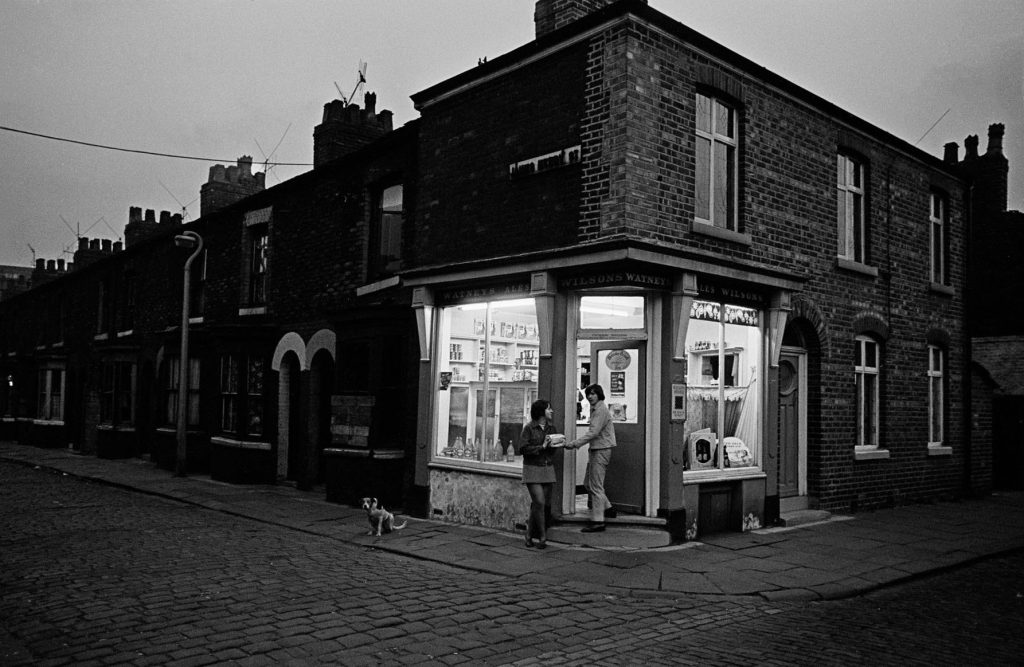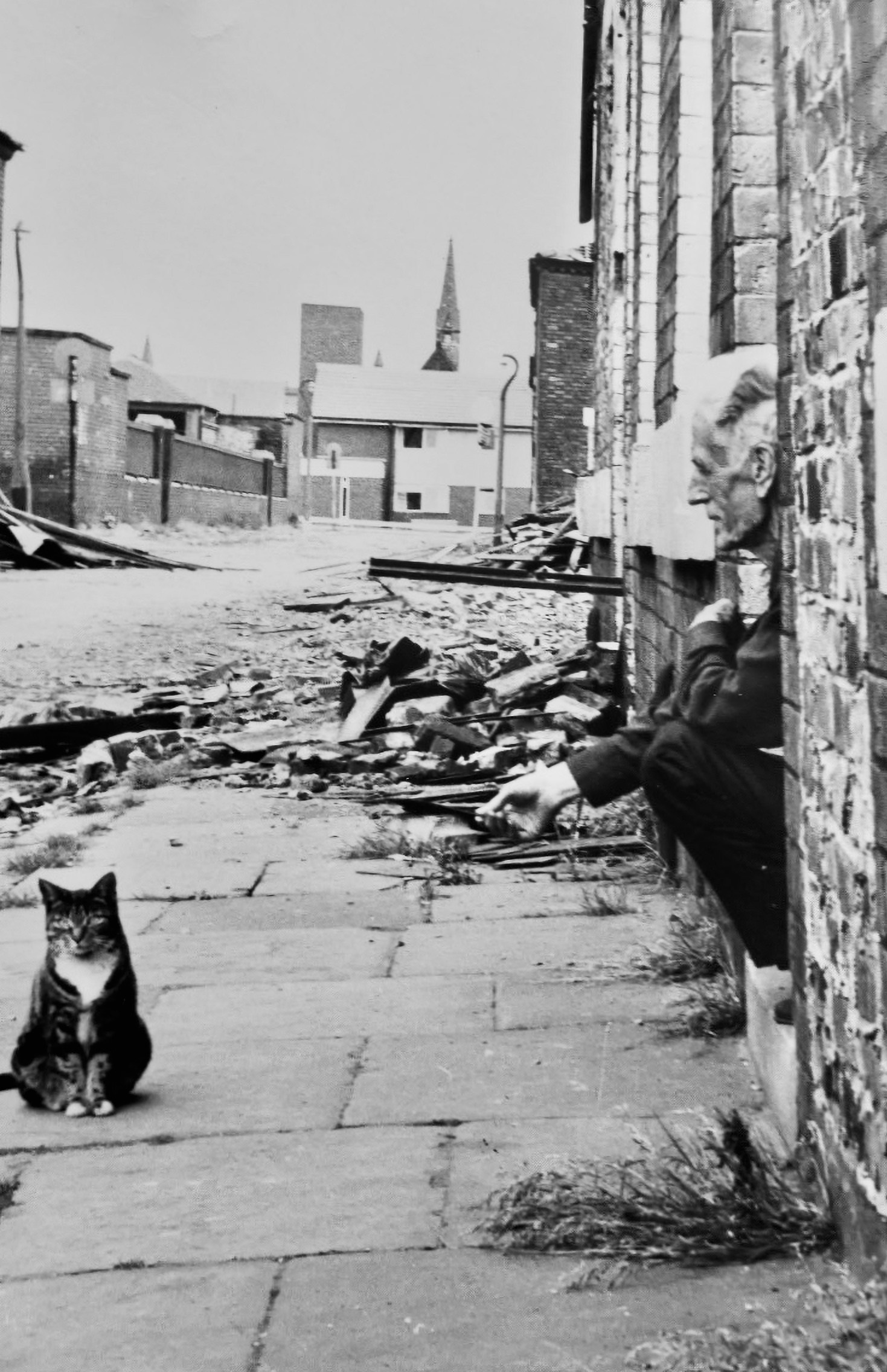
A new exhibition starting in May will look at Salford throughout its redevelopment phase during the 1960s and 70s.
The exhibition at the Salford Museum and Art Gallery focuses on the transformation of the city when terraced houses and neighbourhoods were being replaced with modern architecture.
Dr Tanja Poppelreuter, the curator of the exhibition, said: “Salford has an important architectural history and has undergone significant changes in a short space of time.
“Its transformations are keenly remembered but it seems that several discreet histories exist side by side – that of the slum clearance, of modernisation, and that of living in densely populated neighbourhoods and of being rehoused.
“To this day, these histories evoke a range of emotions and memories.”

The project features images taken and provided by local citizens, professional photographers, and stills from TV and film, alongside architectural drawings and illustrations.
The exhibition is part of the University of Salford’s research project The Modern Backdrop. Funded by the Paul Mellon Centre for Studies in British Art, The Modern Backdrop looks to understand the redevelopment of Salford and the changes that have taken place.
Nick Hedges, one of the photographers whose work features in the exhibition, said: “It is such a democratic representative portrait of Salford. The mix of residents and professional contributions is truly vibrant. A great example of how history can be created to represent and embrace the reality of ordinary people’s lives.”
The exhibition is running from May 18 to September 1 2024 at the Salford Museum and Art Gallery, Peel Park, The Crescent, Salford M5 4WU.
A public viewing with the makers and contributors of the exhibition is on May 22, from 5pm to 6:30pm. Entry is free.
For more information about the exhibition ‘Invisible Cities’ and for tickets, click here.
The featured image: Nick Hedges, Corner shop at dusk, Salford, 1969.














Recent Comments